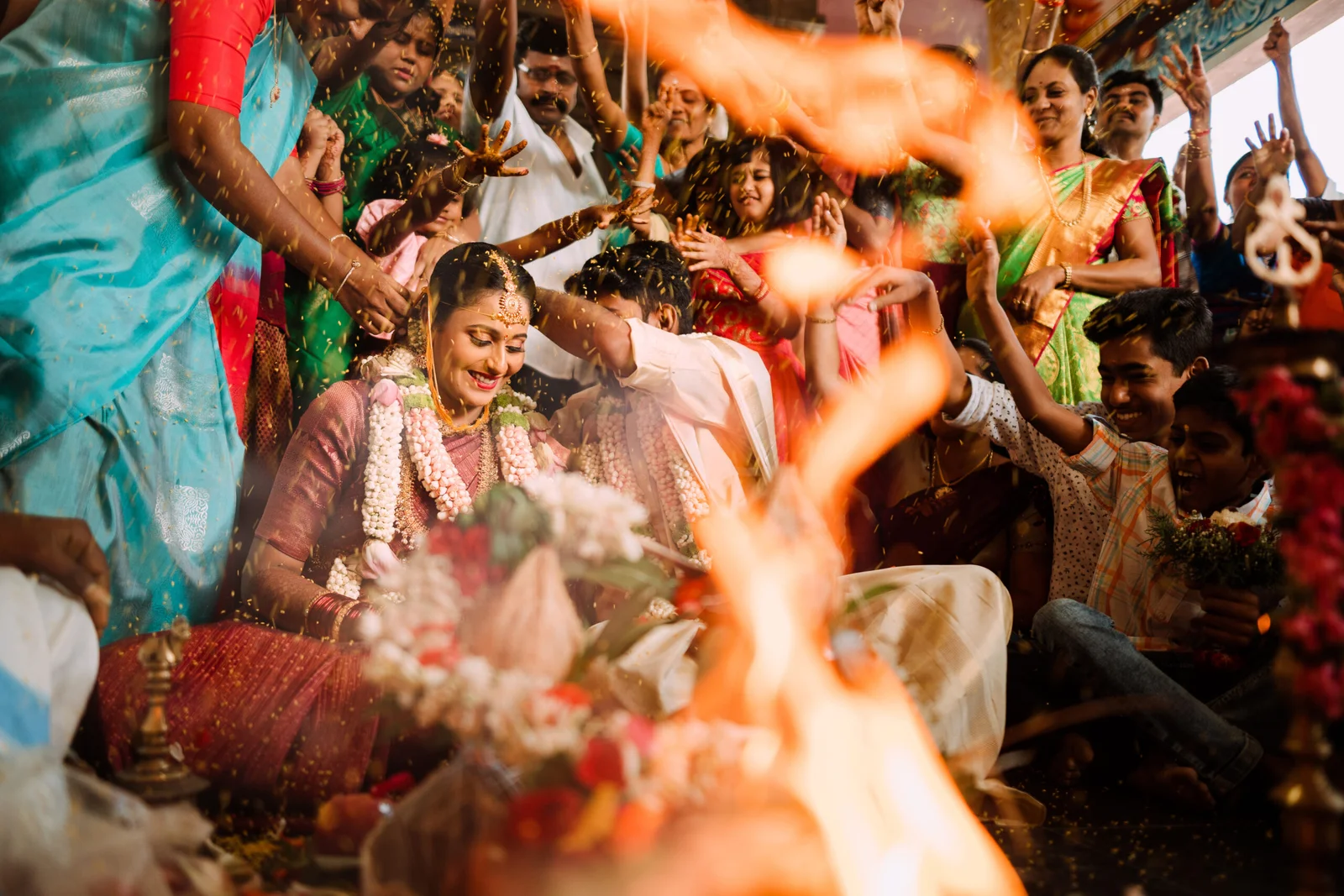The importance of wedding photography begins long before the actual event. It starts with selecting the right photographer, a process that involves researching and reviewing portfolios, understanding different styles, and ensuring that the photographer's vision aligns with the couple's expectations. A good wedding photographer should be able to provide a comprehensive portfolio showcasing a variety of weddings, illustrating their ability to capture different types of ceremonies, from traditional to contemporary, intimate to grand.
Once a photographer is chosen, the next step is planning. This involves pre-wedding consultations to discuss the schedule, important moments, and specific shots the couple desires. Many photographers also offer pre-wedding or engagement shoots, which not only serve as a rehearsal but also help build rapport between the couple and the photographer. This connection is crucial as it ensures that the couple feels comfortable and relaxed on their wedding day, resulting in more natural and candid photographs.
On the wedding day, the photographer's role is multifaceted. They must be everywhere at once, capturing candid moments of laughter and tears, the intricate details of the décor, the bride's radiant smile, and the groom's nervous excitement. They must also be adept at orchestrating group shots and portraits, ensuring that family members and friends are included in the memories. A skilled wedding photographer knows how to blend into the background, capturing the day's events unobtrusively while also stepping in when needed to guide and pose subjects for the best possible shots.
The technical aspects of wedding photography are equally important. Photographers must have a deep understanding of their equipment, including cameras, lenses, lighting, and editing software. They need to be prepared for various lighting conditions, from the dim glow of a church to the bright sunshine of an outdoor ceremony. The ability to quickly adjust settings and adapt to changing conditions is crucial. Post-processing is another significant part of the process, where the photographer selects the best images and enhances them through editing, ensuring that colors are vibrant, details are sharp, and the overall mood is consistent with the wedding's theme.
Wedding photography also involves a great deal of creativity. Each wedding is unique, and the photographer must find ways to capture that uniqueness. This might involve experimenting with different angles, using reflections, playing with shadows and light, or incorporating elements of the venue into the composition. Creative wedding photography often results in some of the most striking and memorable images, those that go beyond simple documentation to become works of art.
The emotional impact of wedding photography cannot be overstated. These photographs become cherished memories, passed down through generations. They capture fleeting moments that might otherwise be forgotten, allowing couples to relive their special day time and time again. From the bride's preparations to the first dance, from the exchange of vows to the heartfelt speeches, each photograph holds a piece of the story, evoking the emotions of the day and preserving them for the future.
In conclusion, wedding photography is a blend of art and technique, requiring a unique combination of skills, from technical proficiency to artistic vision, from meticulous planning to the ability to capture spontaneous moments. It is a profession that demands dedication, creativity, and a deep understanding of the emotional significance of weddings. A good wedding photographer does more than take pictures; they create a visual narrative that will be treasured for a lifetime. By choosing the right photographer and planning carefully, couples can ensure that their wedding day is beautifully documented, providing them with a lasting reminder of one of the most important days of their lives.
